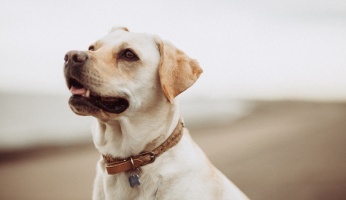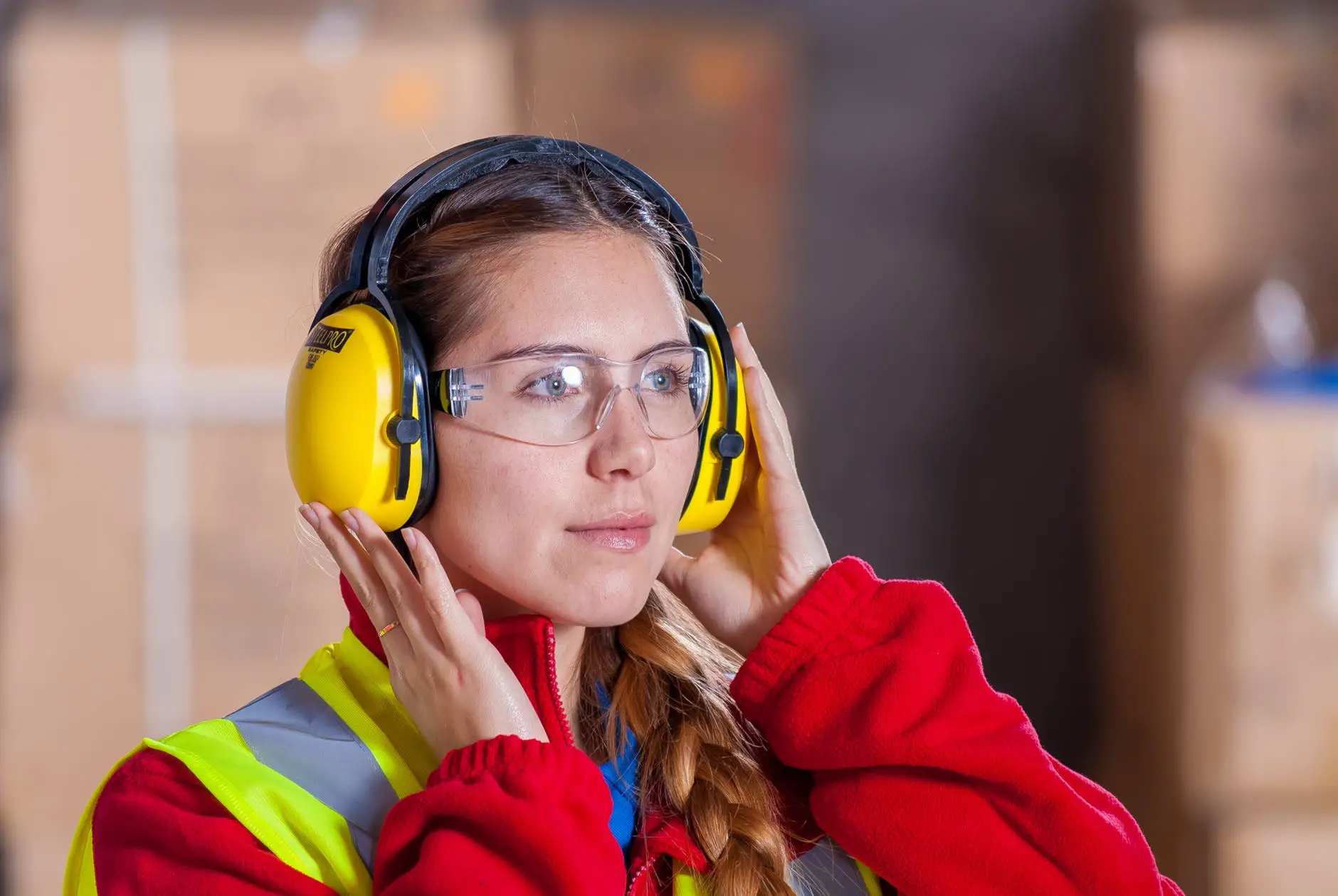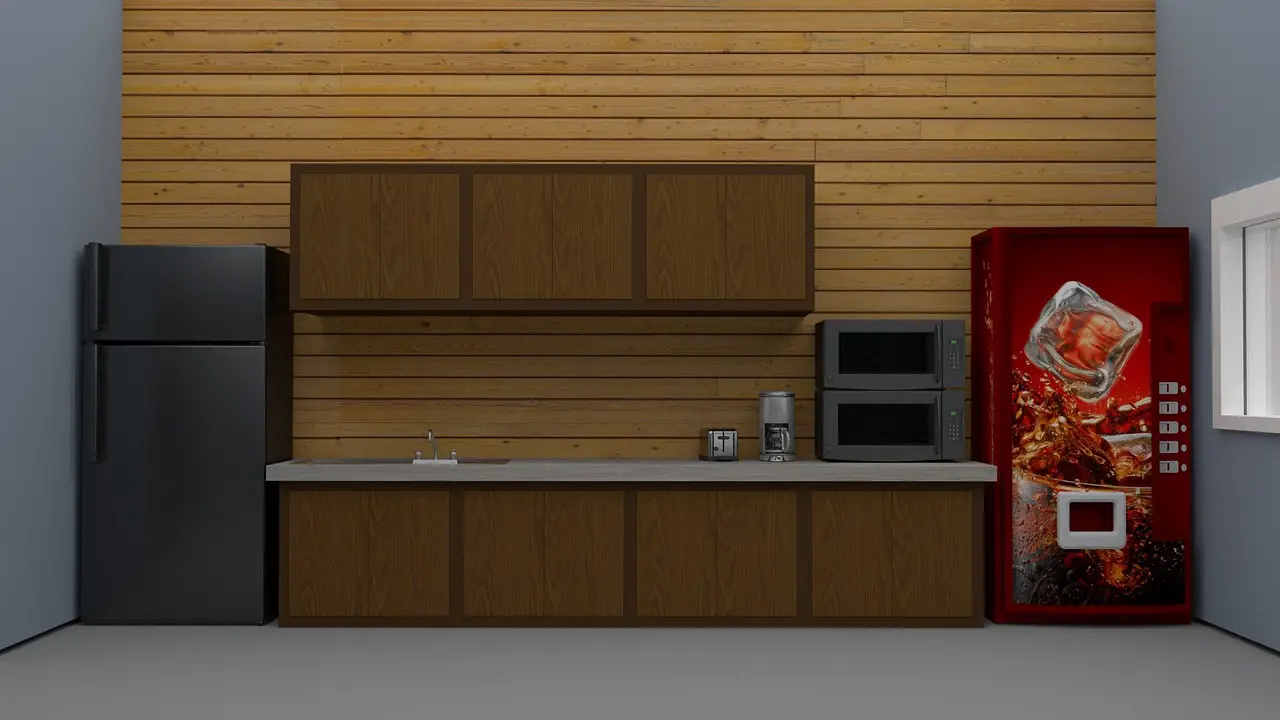Positive Dog Training: 12 Essential Tips
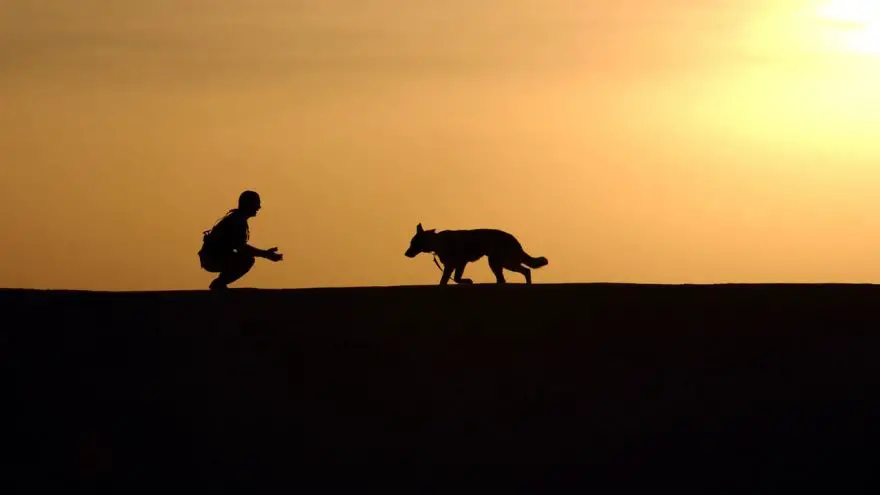 Positive Dog Training: 12 Essential Tips
thegearhunt.com
Positive Dog Training: 12 Essential Tips
thegearhunt.com
Dogs are students that are eager from the time when they are quite young – some breeders will even start basic training with dogs that are as young as 5 weeks! This means that when it comes to training, it is never too early.
You can get your dog started off on the right foot by teaching him good manners right from the time you bring him home. Each interaction you have with the animal is an opportunity for learning. With guidance that is gentle, you will be able to assist him with understanding critical lessons such as how to greet people without leaping on them, how to patiently wait for dinner, and just what they can and can’t do with those teeth.
Interacting with the animal is such a way that will seamlessly weave manners into their daily life will actually set the stage for training in the future. Additionally, it makes it easy to add behaviors that are positive to their repertoire and this is always easier than untraining negative behaviors.
Reasons to Train
The reason for training that is the most obvious is to instill behavior that is good and to keep inappropriate behaviors from forming. However, there are quite a few other reasons that working with your animal is critical. They include but are not limited to things like: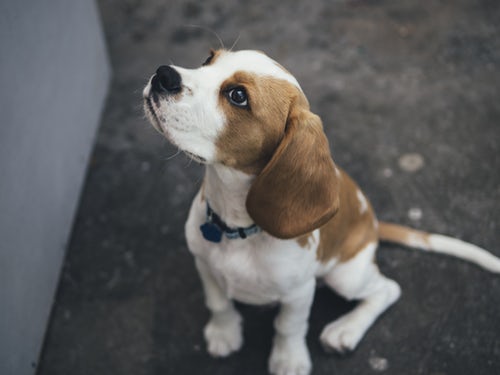
- Life skills. Training any dog you bring home will give you a language that is common while also teaching the animal how to get by in our world.
- Training can be your pet’s passport to the entire world. Well-trained dogs can go more places and meet more people which means that they can also have even more adventures because they will know how to follow the rules.
- Ambassador skills. Humans and dogs both enjoy being around polite animals.
- Peace of mind. Once your animal has mastered his training, you won’t need to worry that he will dash out the door and get lost or drag you during walks until your shoulder aches.
- Working through the training exercises as a cohesive unit will assist in cementing the relationship you have with the animal.
- Mental exercise. Just like humans, dogs need to exercise both their brains and their bodies. Even though many training lessons won’t require to much in the way of physical exertion the actual mental aspect of learning the exercise can wear out even the most active young dogs.
When to Begin Training
As far as when you should begin to train your dog goes, you need to take socialization into account. The more traditional advice suggests waiting until the dog has gotten all of his vaccinations, but recently it became understood that the risk of not socializing during this period of important development can outweigh the risk of them getting sick. The American Veterinary Society of Animal Behavior postulates that puppies should be able to begin classes on socialization as soon as they are 7-8 weeks old. Puppies need to have a minimum of a single set of vaccinations at least a week before their first class. As well as a deworming. They should also always be up to date when it comes to vaccinations.
Accepted Training Methods
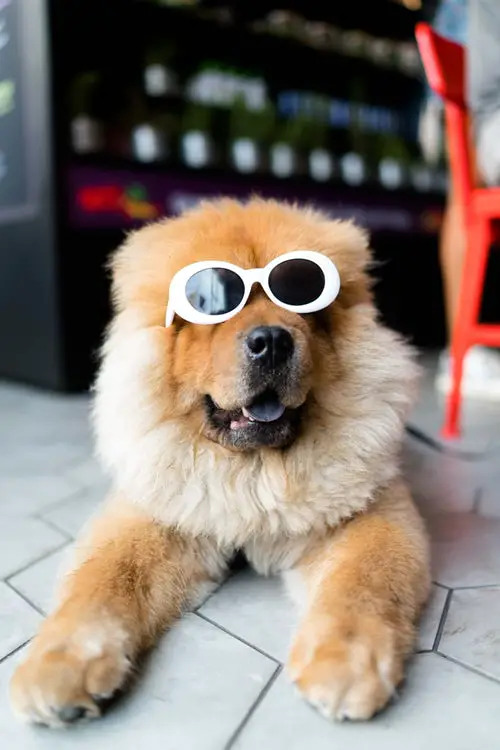 The way that dogs are trained has evolved over the past quarter of a century. Now, we know a lot more about how this animal learns and also about effective methods of motivating them. Training dogs in the past relied on the human being considered the alpha between the two of you. It also used equipment such as correction collars – such as choke collars. However, behavioral science has shown that is can be incredibly more effective when positive reinforcement it used during training. Training should actually be a team activity where both parties work in tandem to achieve the goals.
The way that dogs are trained has evolved over the past quarter of a century. Now, we know a lot more about how this animal learns and also about effective methods of motivating them. Training dogs in the past relied on the human being considered the alpha between the two of you. It also used equipment such as correction collars – such as choke collars. However, behavioral science has shown that is can be incredibly more effective when positive reinforcement it used during training. Training should actually be a team activity where both parties work in tandem to achieve the goals.
This is also the methodology that is suggested by all of the humane organizations, dog trainers, and vets. This sort of training utilizes something that is treasured by the animal-like treats – as a reward for good behavior and takes the reward away when behaviors that are undesirable are displayed. It doesn’t use any sort of physical punishment or rely on fear to affect changes in the behavior.
Clicker training is a great way to use the power or reinforcement that is positive. A clicker is a small device that makes a certain noise and will effectively mark when the animal has displayed the correct action that you will then pay off with a reward of food. Once the animal has mastered that behavior, you will be able to wean them off the device and store it until you have decided that it is time to teach the dog something else. Training is this fashion can be done for anything from the basics, such as come, down, and sit, to behavior that is more complex, like leash aggression.
Necessities for Training Dogs
To start training dogs, you might want to have the following things:
- A dog harness or collar – choose one that doesn’t tighten or pinch. Your pet should be comfortable in the collar.
- A dog leash with a fixed leash – choose a leash that has a length of 6 feet down to 4 feet. Anything that is shorter may not give the animal enough space to locate the right spot to potty and anything that is longer might not be easy to handle.
- Treats – use something that the animal really loves that is meaty and moist.
- Dog clicker – this training tool can make the process of training seem to be a game.
- A crate – this will be a second home for the animal when you aren’t able to have eyes on him and it will also be used during potty training.
Potty Training
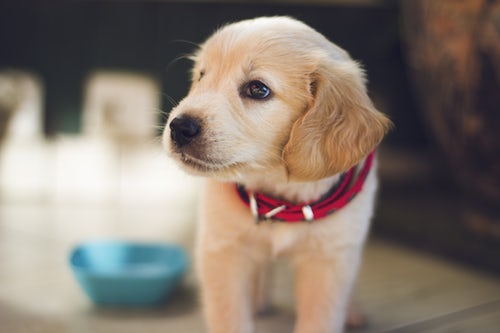 This is a behavior that can be learned quickly by dogs, when you properly supervise the animal, stay with a schedule, and be sure to reward success. Supervision means that you will need to pay attention to the animal at all times in order to be able to pick up on signals that the dog has to go. Use the right size crate for times when you can’t actively supervise the animal, as well as for bedtime and nap time. Scheduling life for the animal can help to make his life predictable and pleasant and will better enable you to track his potty habits. You should schedule things like trips outside, play time, nap time, and meals. You should also make sure that you go with the animal outside for each potty trip so that you will be able to give him a treat as soon as he finishes what he needs to do. If you wait and do this once you are back inside, the animal will not be able to make any sort of connection between the treat and the action of elimination.
This is a behavior that can be learned quickly by dogs, when you properly supervise the animal, stay with a schedule, and be sure to reward success. Supervision means that you will need to pay attention to the animal at all times in order to be able to pick up on signals that the dog has to go. Use the right size crate for times when you can’t actively supervise the animal, as well as for bedtime and nap time. Scheduling life for the animal can help to make his life predictable and pleasant and will better enable you to track his potty habits. You should schedule things like trips outside, play time, nap time, and meals. You should also make sure that you go with the animal outside for each potty trip so that you will be able to give him a treat as soon as he finishes what he needs to do. If you wait and do this once you are back inside, the animal will not be able to make any sort of connection between the treat and the action of elimination.
When to Call a Pro
Training is an activity that should be pleasurable for both the animal and you. That being said, there will be challenges while you strive towards better manners, however, if you find that you are frequently becoming frustrated with the animal, it will be time to seek assistance. Frustration is just a few steps away from anger and then you will face the consequences that you might not be able to make any sort of progress with the training if you are upset.
Additionally, you should think about calling a pro when your pet begins to exhibit behavior that makes you anxious – like biting and/or growling. This is incredibly important when there are children in your home. It is always best to begin using a pro for behavioral modification as soon as troubling behavior begins as opposed to waiting for those behaviors to become habit.
Guidance That is Benevolent
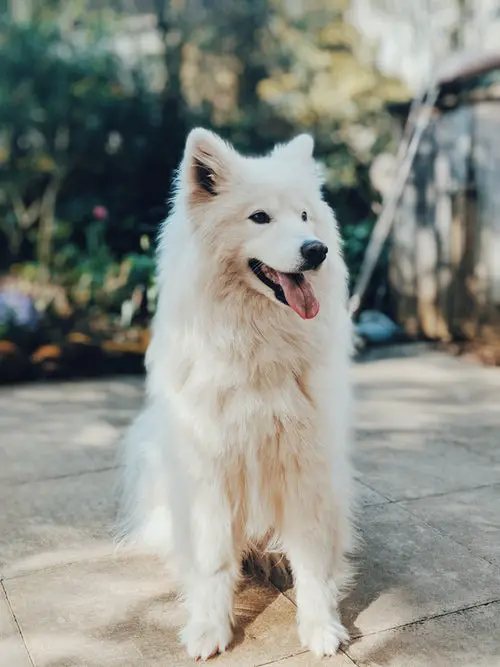 As opposed to popular belief, dogs don’t attempt to rule the roost and be the ones in charge. In fact, they just make a study of human behavior in order to figure out what they can get away with and what they can’t. They draw these conclusions from their interactions with us. If you have a dog who is misbehaving, there will be no need to assert your position as the alpha by forcing the creature into submission. As an alternative, you should focus on influencing the animal gently by reinforcing the proper behavior and making sure that you don’t accidentally reward any sort of behavior that is unwanted.
As opposed to popular belief, dogs don’t attempt to rule the roost and be the ones in charge. In fact, they just make a study of human behavior in order to figure out what they can get away with and what they can’t. They draw these conclusions from their interactions with us. If you have a dog who is misbehaving, there will be no need to assert your position as the alpha by forcing the creature into submission. As an alternative, you should focus on influencing the animal gently by reinforcing the proper behavior and making sure that you don’t accidentally reward any sort of behavior that is unwanted.
Positive Reinforcement
Training a dog should be something that is enjoyable for both of the parties involved. Positive reinforcement will give you the opportunity to motivate the animal by giving him the chance to learn through being rewarded. If you give the creature a treat each time that he shows a target behavior – like lying down or sitting – he will begin to come to the understanding that this behavior gets him treats and this will increase and strengthen positive behaviors in the future.
Basic Command Training
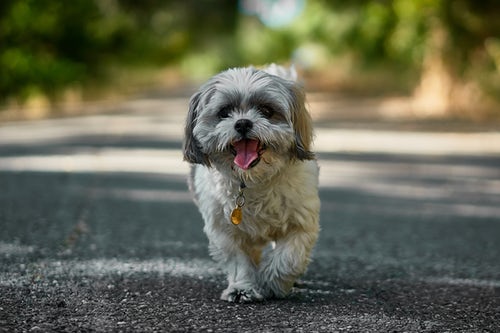 If you want to train your animal to sit, just use a treat to guide the creature’s nose up and back. When his nose moves up, his rump should naturally gravitate toward the floor. The minute his bum touches the floor, offer the animal praise and a treat.
If you want to train your animal to sit, just use a treat to guide the creature’s nose up and back. When his nose moves up, his rump should naturally gravitate toward the floor. The minute his bum touches the floor, offer the animal praise and a treat.
If you want to train the creature to lie down, you should use a treat to lure him straight down and then away from him – like you are designing an invisible “L”. Once the animal’s elbows touch the floor, offer praise and a treat.
If you want to train the dog to come when called, use a long leash that measures several feet and then practice calling the animal. When he does, give him a lot of praise and a treat when he does.
If you want to teach the creature to stay, you should stand in front of him and ask him to lie or sit. When he holds the position give him a treat and some praise. Gradually you should increase the amount of time the position is held.
Off and On Leash Training
If you want to train your animal to walk on the leash while not pulling, try playing the red light green light game. The minute the creature begins to pull, call him back and tell him to sit. Once he has done that, reward him with a treat and praise and then begin walking again. Repeat this as frequently as it is needed. Dogs who have a good sense of recall, along with solid leash manners can be moved on to walking without the leash. Begin practicing with a long leash in an area that is both enclosed and safe and then reward the animal when he comes to you and remains at your side.
Crate Training
It doesn’t matter if you are using the crate to confine your dog when necessary or for potty training, it is critical that you teach the animal the ‘kennel’ command. Try to make the crate a bit more appealing by putting toys and treats in it and then leaving the door to it open. The dog will begin to enter the crate by himself to search for goodies. Then, you can begin to say kennel before tossing a treat inside to get him to go in. Repeat this several times. Finally, get to a point where you won’t use a treat to get him into the crate. As an alternative, you can wait for the creature to enter the crate when he hears the command and then give him a treat once he is inside. Begin closing the door to the crate with his toys or meals inside for a couple of minutes and then gradually increase the amount of time he is closed in.
Advanced Training
Once your pet responds reliably to the commands you give him at home, you will need to begin introducing distractions. After the animal reaches a good performance level around those distractions and still responds to your commands, you will be ready to have a trainer assess him to ascertain if he is ready for enrollment into classes for advanced training or even some canine sports like rally obedience or agility. Also, if the creature has the right temperament, you might even consider having him trained for therapy or as a service dog.
Finally, it will be ok to come to the conclusion that you will need a cheerleader who can support you while you are training your dog. Good trainers will be able to troubleshoot any setbacks, as well as to give you a bit of a nudge when you get stuck, and most critically, assist you with achieving the goals you have set. Having someone who can hold you accountable is a fantastic way to ensure that you and your animal get the training that you both need.
Sources
- You Tube, Dog Training with Positive reinforcement: How to Train a Dog
- Humane Society, Dogs: Positive Reinforcement Training
- AKC, Training Your Dog with Rewards and Positive Reinforcement
- The Spruce Pets, Benefits of Positive Reinforcement in Dog Training







